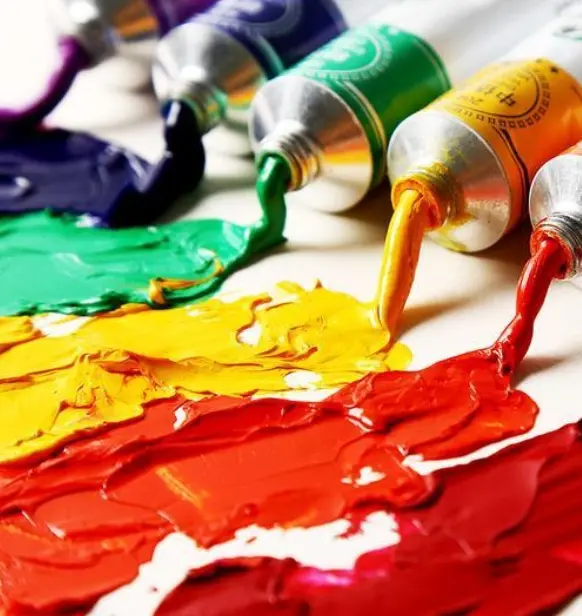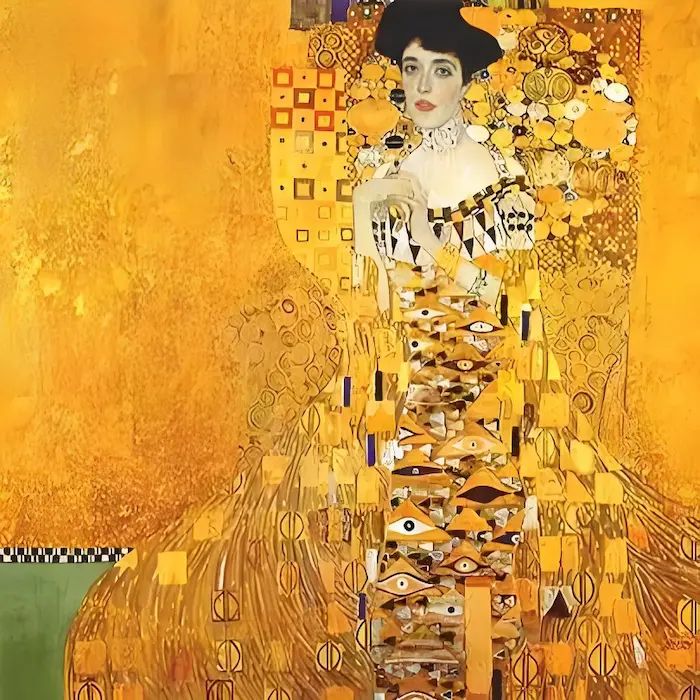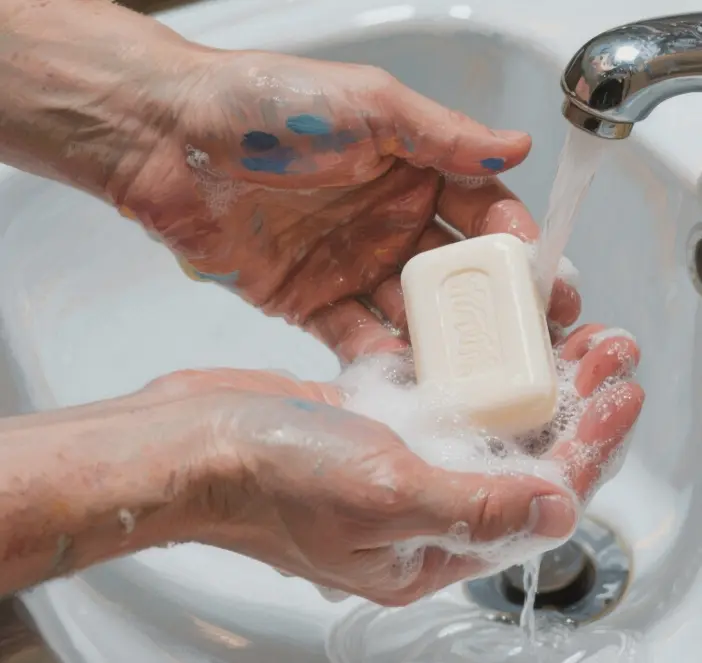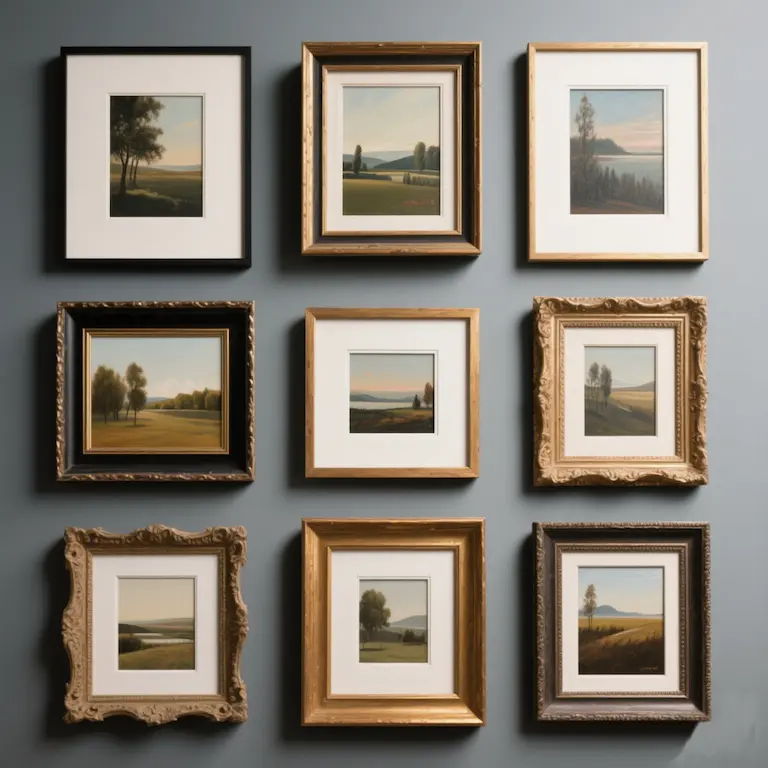Oil painting is a form of painting made with quick-drying vegetable oils mixed with pigments on canvas, cardboard or wood panels. Oil paint has strong covering power and transparency, and can fully display the three-dimensional texture and color richness of the depicted object. For beginners, mastering the proper use oil paints is the key to getting started. This guide will comprehensively analyze the basics of oil paints, selection, preservation and usage techniques to help beginners quickly master the use of oil paints.

Basic Knowledge of Oil Paints
Classification of oil painting pigments
Oil painting pigments are mainly classified into the following categories:
Classified according to the nature of raw materials:
- Natural pigments
- Synthetic pigments
Classified according to composition:
- Mineral pigment: extremely stable, light-resistant, not easy to fade and change color, strong covering power and so on.
- Organic pigment: bright color, but relatively low stability.
- Inorganic pigments: between mineral pigments and organic pigments
Classified according to the use characteristics:
- Dry pigments (mineral pigments): made of natural minerals or artificial minerals, fast drying speed
- Wet pigments: slower drying
Composition of Oil Paints
Oil paint is mainly composed of the following ingredients:
- Pigment: the main body of the pigment, responsible for presenting the color
- Pigment oil: It is used as a medium to make the pigment fluid.
- Desiccant: accelerates the drying of the pigment
Choice of Oil Paints for Beginners
Recommended Brands
For beginners, the following oil paint brands are cost-effective and suitable for practicing:
Winsor Newton (Winsor Newton):
- World famous pigment brand, founded in 1832
- Products are known for high durability and rich colors.
- WINTON series is affordable and suitable for beginners.
- Water-soluble oil paints are available, eliminating the need for turpentine and linseed oil.
Japanese nicker advertising pigments:
- Excellent quality
- Suitable for beginners
- Famous Japanese animation director Hayao Miyazaki has also used it
Purchasing Suggestions
- Beginners don’t need to buy too many colors: 9 Winsor Newton or Marley oil paints are enough for beginners.
- Avoid overbuying: don’t buy too many colors at once, 18-24 colors are enough to meet the needs of practice, and you can gradually increase the variety of colors as your study progresses.
- Price control: Beginners can choose about 30 yuan a pigment for practice, cost-effective.
- Avoid cotton canvas: beginners should choose linen, avoid cotton canvas, because cotton cloth will absorb oil, more suitable for acrylic painting.
Preservation of oil paints
Basic Preservation Principles
Sealed storage:
- Be sure to close the lid of the paint box tightly after painting to prevent air from entering and causing the paint to dry out
- Tip: Before you tighten the lid, you can use a layer of plastic wrap to cover the paint to provide double protection.
Place in a cool place:
- Pigments are afraid of heat and sunlight, and should be stored in a cool and ventilated place
- Avoid direct sunlight or high temperatures to prevent the pigments from deteriorating.
- Optimum storage temperature: 15°C – 25°C.
Additional moisturizing:
- If the pigment is slightly dry, add a drop or two of glycerin or a small amount of warm water.
- Stir gently and the pigment will be moist again.
- Note: Do not add too much water at one time, otherwise the pigment will become thin and the color effect will be affected.
Short-term storage method:
- Cover the box with a layer of plastic wrap.
- Then put it into a sealed bag to isolate the air
- This method is suitable for short-term storage.
Long-term storage method:
- Place the box in the refrigerator (not freezing).
- Cold temperatures are effective in slowing down the drying out of the paints.
- Take it out and warm it up before use.
Tips for using oil paints
Choice of palette
We recommend choosing a painted wooden board:
- Scrape the paint off with a spatula after painting.
- Wipe it with turpentine
- This kind of palette can be reused and is economical.
Lazy people choose disposable paper palettes:
- Easy to use, no need to wash
- Suitable for beginners
Medium oval palette:
- Comfortable to hold
- The size is suitable for beginners to practice
- Preparation of oil painting tools
Easel:
- It is recommended to purchase a specialized oil painting easel
- Choose the one with a large up and down movement adjustable bracket function
- It is more flexible and convenient when painting
Oil painting oil selection:
- Beginners only need three kinds of oils: color mixing oil, thinner (brush wash) and varnish oil.
- Color Mixing Oil: Used to dilute the paint and control the fluidity of the paint.
- Brush Wash: to clean the brushes
- Varnish: to protect the finished painting.
Oil Brush Selection:
- Two basic textures of oil brushes are needed: hard and soft.
- Hard brushes: flat and scalloped bristles for thick, textured brushstrokes
- Soft brushes: flat nylon bristles with a soft texture, soft and even coloring, suitable for painting the background of the picture with a false sense of reality.
- Fan-shaped pen: sparse bristles, flat fan-shaped, can be used to soften the contours of the sweeping method.
- Outlining pen: generally used to draw highlights, distant vignettes and other very delicate parts.
Other essential tools:
- Color blending oil
- Coloring knife
- Scraper
- Oil pot
- Brush washer
- Paper towels or wipes
How to use oil paint
Correct principle of using oil:
- The principle of “fat over thin”: use a thinner pigment (less oil) for the base layer and a thicker pigment (more oil) for the surface layer.
- This method helps to ensure that the base layer dries first and prevents the painting from cracking.
General method of making oil paintings:
- First, the canvas is washed with thinned paint and solvent
- Usually use some sort of earth tone, such as a primitive amber or similar color as the base color
Oil Painting Technique:
- It is common practice to create a monochromatic basecoat using an opaque color and then gradually build up a glaze over the top
- Allowing each layer to dry between
- This is obviously very time consuming due to the slow drying time of the paint
Painting knife grip:
- The middle of the painting knife is usually held in the hand during painting
- The arm is held straight out while painting, which makes it easier to move the arm between the oil and paint areas.
Oil painting varnish:
- After painting, you can use varnish to protect the painting
- Varnish can preserve the oil painting better, but wait until the oil paint dries before using it again.
As an important medium for the art of painting, the proper use and preservation of oil paints is crucial for beginners. By choosing suitable pigment brands and colors, and mastering the correct preservation methods and usage techniques, beginners can better utilize the expressive power of oil paints and create satisfactory art works.
When choosing oil paint, beginners can choose the suitable paint brand and color combination according to their financial ability and learning needs. Windsor Newton’s WINTON series brands are good choices. In the process of using, pay attention to the principle of “fat cover thin”, control the thickness of the pigment and the amount of oil used to avoid cracking the picture.
The preservation of oil paint requires special attention to the environmental conditions, avoid direct sunlight and high temperature, maintain the appropriate temperature and humidity. For unused pigments, methods such as sealed storage and supplemental moisturizing can be adopted to prolong their service life.
Through continuous practice and exploration, beginners can gradually master the skills of using oil paints and create their own works of art. Remember, painting is an enjoyable experience, and it is the process and fun that counts, not the pursuit of perfection and quantity.



